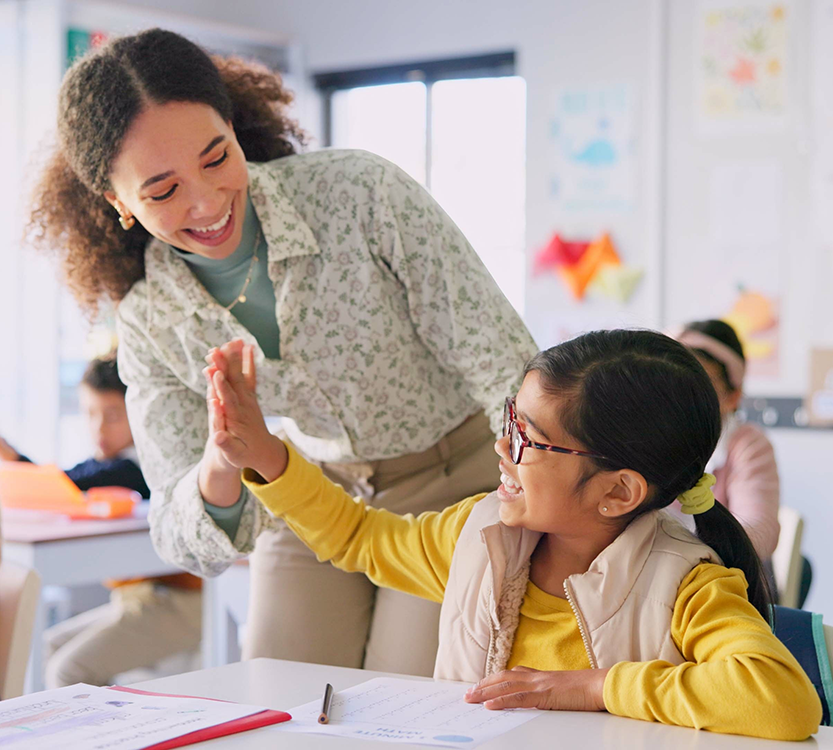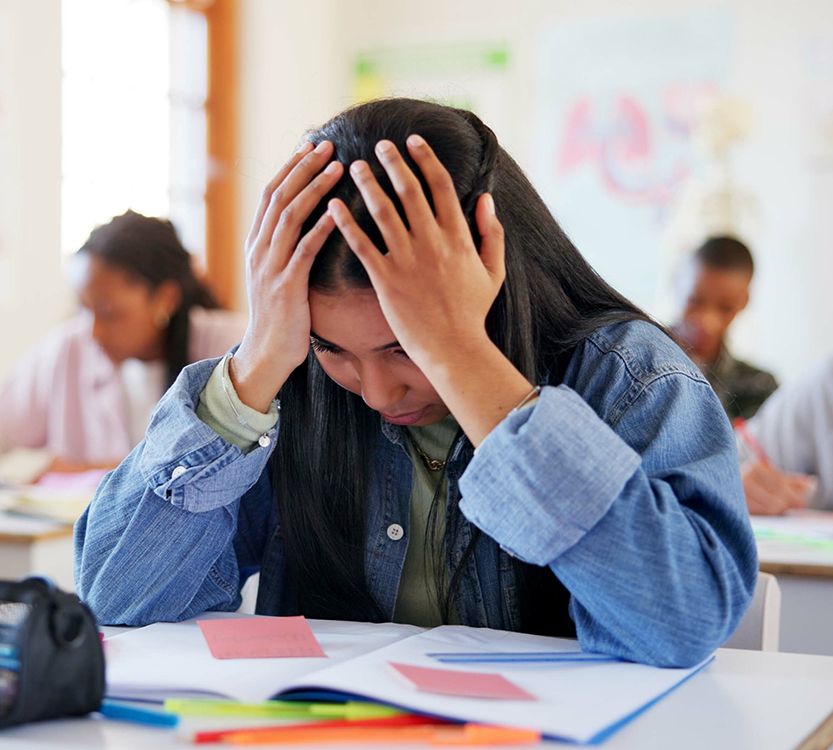December 12, 2025
What Is PBIS in Education?
FEATURED POSTS
December 2, 2025
October 21, 2025
A Clear Look at How Positive Behavior Support Works in Schools
Walk into a school that uses Positive Behavioral Interventions and Supports, or PBIS, and you can feel the difference. The hallways are calm. Students know what is expected. Teachers spend more time teaching and less time managing behavior.
PBIS is a proactive approach that helps schools teach and encourage positive behavior instead of reacting to problems. It builds consistency and helps every student feel safe and supported. The goal is simple: Make schools better places to learn.
Teaching Positive Behavior at School
PBIS is not a one-time program. It is a way of thinking about how to help students succeed. Instead of focusing on punishment, teachers show students what to do right, using modeling, practice, and feedback.
Schools that use this approach define a few clear expectations, such as being respectful, responsible, and safe. Teachers and staff show what those behaviors look like in everyday settings. They recognize positive actions, help students learn from mistakes, and create predictable systems so everyone knows what to expect.
Over time, this shared language builds trust. Students understand how to meet expectations, and adults respond in steady, fair ways. That consistency helps students feel secure and ready to learn.
Creating Schoolwide Consistency and Support
Schools often begin by forming a team that includes teachers, administrators, counselors, and family members. Together, they set expectations, create lessons, and decide how to recognize progress.
Students may learn about expectations during class lessons, assemblies, or through short activities that use real-life examples. Staff use the same reminders and language throughout the day. Many schools post visuals in classrooms, hallways, and cafeterias to make expectations easy to remember.
Teams also review data, such as attendance and discipline reports, to see where students need more support. They adjust lessons or supervision as needed. Regular check-ins help staff stay consistent and aligned.
When the system is part of daily life, everyone plays a role. Teachers greet students by name. Staff members reinforce routines during lunch. Counselors help students build social and coping skills. Every adult contributes to a calm, supportive environment.
How Positive Behavior Support Improves Learning
Schools that take this proactive approach often see fewer disruptions and discipline referrals. Students spend more time in class. Teachers spend more time teaching. The school day becomes more productive and less stressful for everyone.
This approach also helps students build confidence and connections. When they know what to expect and receive steady encouragement, they are more likely to participate, take initiative, and form positive relationships. That sense of belonging supports both academic and social growth.
For students with developmental differences, structured routines and clear expectations can make a meaningful difference. The focus on communication, consistency, and positive reinforcement reduces anxiety and helps students stay engaged.
Building Supportive School Communities
Across the country, schools are working to create welcoming, structured environments where students can thrive. Positive behavior support gives educators a practical way to prevent problems before they start. It replaces punishment with guidance and helps teachers build strong, caring connections with students.
When families ask, “What is PBIS in education?” the answer is simple. It is a clear, compassionate approach to teaching the skills and behaviors students need to succeed in school and in life.
At LEARN Academy, we partner with schools to build positive learning environments that help every student grow. Our educators and specialists work with teachers and districts to apply consistent, caring strategies that support both learning and behavior.









